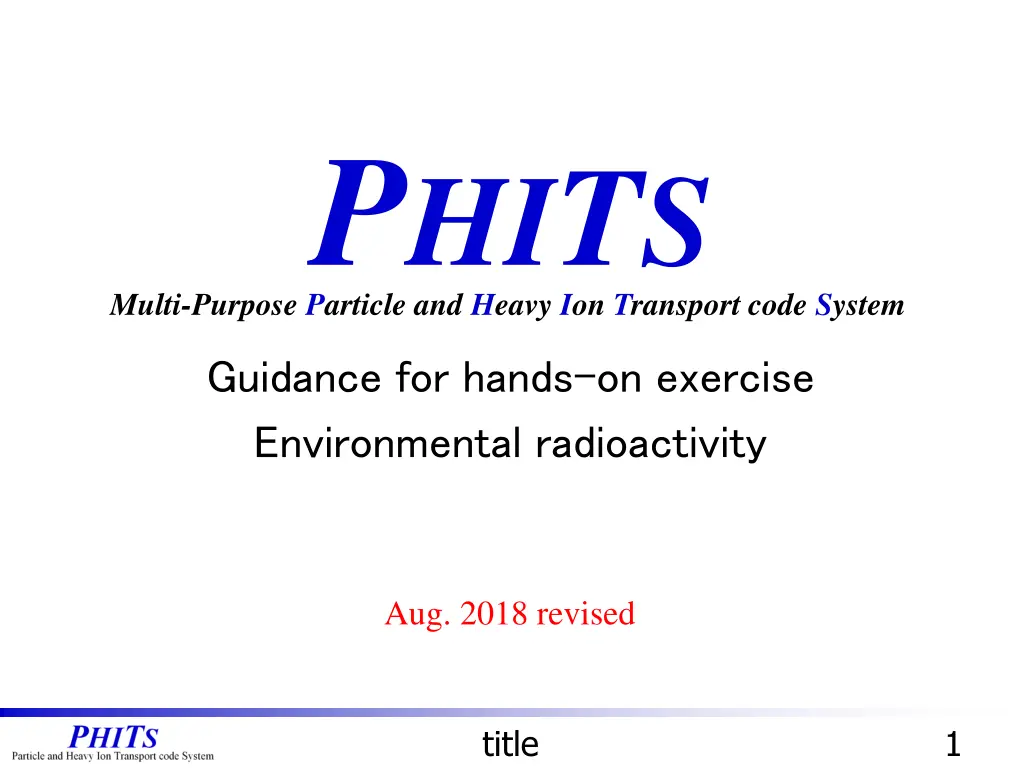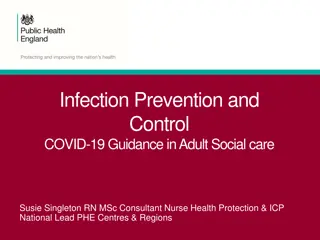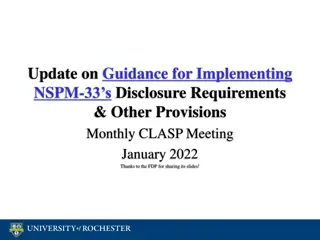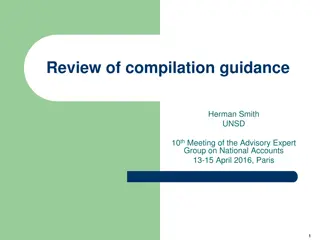
Hands-On Exercise on Radiation Contamination Analysis Using PHITS System
Join this hands-on exercise to learn about environmental radioactivity by defining contamination sources, calculating effective dose rates, and analyzing dose distributions with the PHITS system. Explore scenarios involving Am-241 and Cs-137, change source parameters, and interpret dose results for different setups. Gain valuable insights into nuclear transport and radiation safety practices.
Download Presentation

Please find below an Image/Link to download the presentation.
The content on the website is provided AS IS for your information and personal use only. It may not be sold, licensed, or shared on other websites without obtaining consent from the author. If you encounter any issues during the download, it is possible that the publisher has removed the file from their server.
You are allowed to download the files provided on this website for personal or commercial use, subject to the condition that they are used lawfully. All files are the property of their respective owners.
The content on the website is provided AS IS for your information and personal use only. It may not be sold, licensed, or shared on other websites without obtaining consent from the author.
E N D
Presentation Transcript
PHITS Multi-Purpose Particle and Heavy Ion Transport code System Guidance for hands-on exercise Environmental radioactivity Aug. 2018 revised title 1
Step 1 Define contamination source of Am-241 Use RI source function Depth 3cm, Radius: 1m in soil Calculate effective dose rate (Sv/h) Use [T-Track] with multiplier Sample of [T-Track] with multiplier is available in \phits\recommendation\H10multiplier To calculate effective dose, set multiplier ID=-203 (ISO irradiation) or -202 (AP irradiation).
Results of Dose equivalent Ground
Step 2 Add Cs-137 contamination Check the plot. How does it change? Challenging task ! (Please try if possible) Calculate effective dose rate at 1 m above the ground Dose in a box... x:-10~10, y:-10~10, z: 90~100 Hint: make another t-track with nx, ny, nz = 1 Be careful of statistical error Increase ncasc if necessary
Effective dose normalization hints Necessary for challenging task ! According to the manual [T-Track] section Output of [T-track] is (particle/cm^2/source) When RI source is used it is (particle/cm^2/sec) Coefficient of Multiplier is (pSv*cm^2) Convert the unit of the result to ( Sv/h)
1m of the height 1.1x10^-02 (uSv/h)
Step 3 Change the source radius : 1 m -> 3 m -> 9 m Keep the contamination density (Bq/cm^3) constant Check if dose rate reaches constant Compare dose distribution in 3 cases Change other source definitions (depth, isotope, activity ratio )
Result 3 m 9 m 1m of the height 2.0x10^-02 (uSv/h) 1m of the height 1.2x10^-01 (uSv/h) Large source area is necessary to reach equilibrium
Step 4 Source radius : 3m Calculate dose when ground is covered with 1cm Soil 1 cm Fe 1 cm Pb



![❤Book⚡[PDF]✔ The Apollo Guidance Computer: Architecture and Operation (Springer](/thumb/21611/book-pdf-the-apollo-guidance-computer-architecture-and-operation-springer.jpg)


















